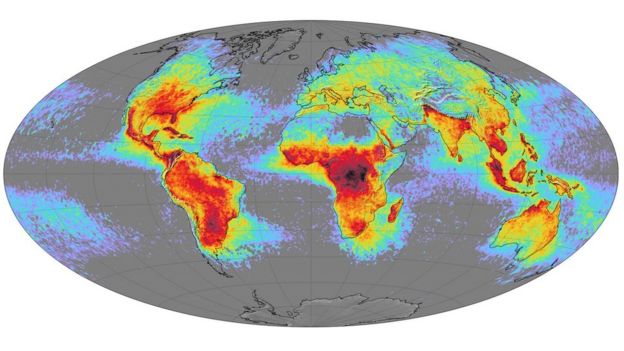European Space Agency (ESA) astronaut Andreas Mogensen has captured for the first time a clear recording of blue jets while aboard the International Space Station.
What Are Blue Jets?
Blue jets are lightning phenomena that shoot up into space rather than to the ground. Scientists still do not know a lot about them, what they’re effects are to Earth’s atmosphere, or what conditions make them possible.
The colored video of the blue jets and sprites were captured while ISS was cruising at around 17,896 miles per hour (28,800 km/hr) 250 miles over the Bay of Bengal. The fascinating electrical discharges were observed to be about 0.62-mile (1-km) wide and around 11 miles (18 km) in altitude. Mogensen also spotted a pulsating blue jet that reached about 25 miles (40 km). The altitude of the ISS provided a good vantage point to achieve such feat.
You can watch the video of the blue jets captured from the ISS above.
ISS Astronaut Records Amazing Video Of Gigantic Blue Jet Lightning
What Are Blue Jets?
Blue jets are lightning phenomena that shoot up into space rather than to the ground. Scientists still do not know a lot about them, what they’re effects are to Earth’s atmosphere, or what conditions make them possible.
The colored video of the blue jets and sprites were captured while ISS was cruising at around 17,896 miles per hour (28,800 km/hr) 250 miles over the Bay of Bengal. The fascinating electrical discharges were observed to be about 0.62-mile (1-km) wide and around 11 miles (18 km) in altitude. Mogensen also spotted a pulsating blue jet that reached about 25 miles (40 km). The altitude of the ISS provided a good vantage point to achieve such feat.
You can watch the video of the blue jets captured from the ISS above.
ISS Astronaut Records Amazing Video Of Gigantic Blue Jet Lightning




